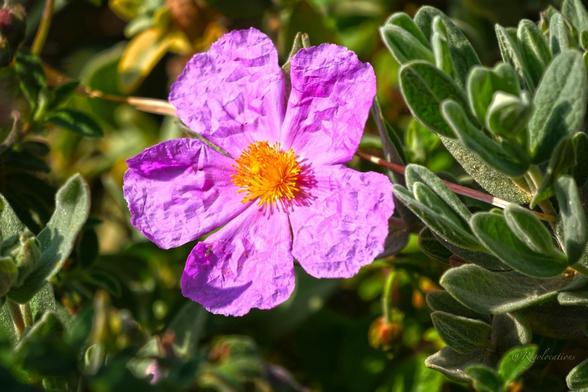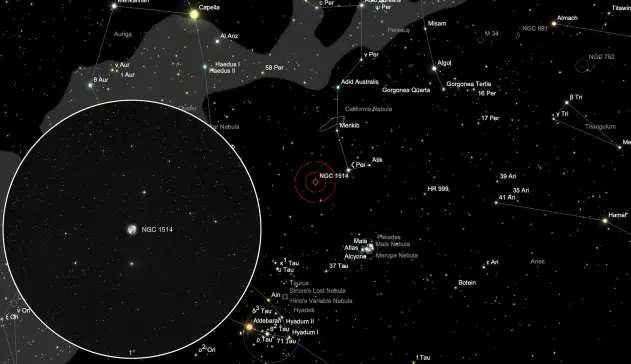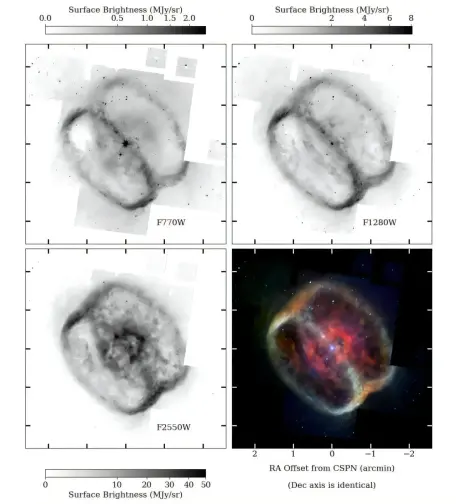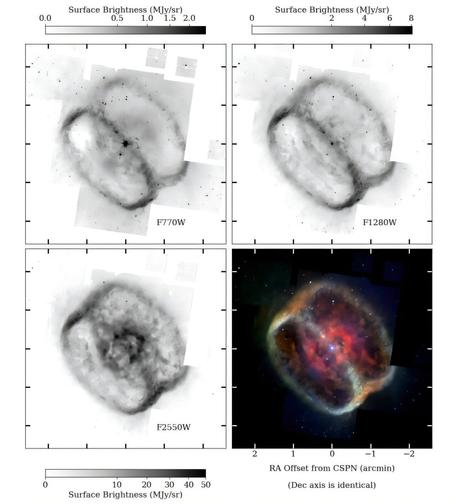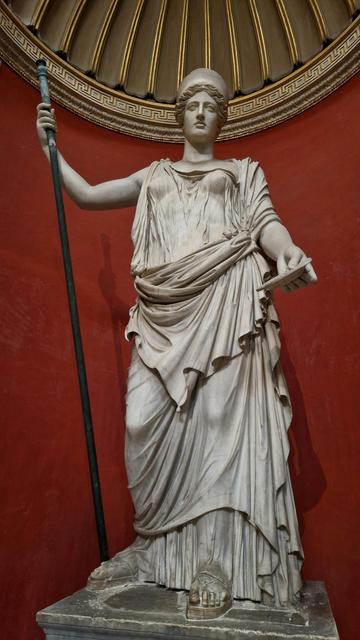#Photography #BloomScrolling #Flowers #CisteCotonneux #CistusAlbidus #GreyLeavedCistus #CotedAzur #Garrigue #Nature #NaturePhotography #FlowerPhotography
Discover our latest high-quality graphic masterpiece! 🌿✨ Feast your eyes on a stunning collection of handcrafted clay pots and jars, beautifully arranged on a rustic wooden surface. Perfect for adding an earthy touch to your projects. Click to explore and purchase the image now! 🛍️👇
#HandcraftedArt #ClayPots #RusticDecor #GraphicDesign #CreativeMarket #Photography #DecorativePatterns #NatureInspired #BuyNow #DesignAssets
Marjan's photo #79
#photography
#travel
#rovinj
#croatia
Dew Nebula (NGC 1514)
History
The object was discovered by William Herschel on 13 November 1790 and cataloged as IV 69. It marked a turning point in his astronomical thinking, because until then astronomers believed that all nebulae were composed of faint single stars that could not be resolved with the devices of the time. Herschel described NGC 1514 as follows: «A most singular phenomenon; A star 8m with a faint luminous atmosphere of a circular form, about 3' in diameter. The star is perfectly in the centre, and the atmosphere is so diluted, faint and equal throughout, that there can be no surmise of its consisting of stars, nor can there be a doubt of the evident connection between the atmosphere and the star. Another star, not much less in brightness, an in the same field with the above, ws perfectly free from any such appearance.» ...
...Finder Chart
NGC 1514 is located in the constellation Taurus on the border with the constellation Perseus. If you extend the connection between the two stars ο - ζ Persei by about 1.5 times, the PN should already be visible in a large field eyepiece. If you don't know what kind of sight to expect at NGC 1514, the search for this PN can sometimes be quite lengthy, even though the nebula is in a familiar area of the sky. Without the O-III filter, the nebula around the bright central star looks as if the eyepiece were slightly fogged up. Hence it was nicknamed «Dew Nebula». If there is no O-III filter available, you should primarily look out for the distinctive star pattern in the 1° closeup. Of the three stars north/south direction, the middle central star is NGC 1514.
see more:
https://deepskycorner.ch/obj/ngc1514.en.php
#space #galaxy #nebula #whitedwarf #astrophotography #photography #science #nature #education #NASA
📷 Emmanuel Veneau #AmbulationsPhotographiques #AsTheDaysGoBy
#photography #photographie
James Webb Telescope Reveals Enigmatic Rings of Planetary Nebula NGC 1514
The James Webb Space Telescope (JWST) has once again opened new windows into the cosmos, providing astronomers with unprecedented observations of a planetary nebula, NGC 1514, also known as the Crystal Ball Nebula. This remarkable nebula, located approximately 1,500 light years away from Earth, has intrigued scientists for years due to its distinct and puzzling features. New observations from JWST, published on February 28 on the arXiv pre-print server, offer a fresh perspective on the nebula’s enigmatic rings, which have now become one of the most intriguing features of this nebula.
What is a Planetary Nebula?
Before diving into the specifics of NGC 1514, it’s essential to understand what a planetary nebula (PN) is. These cosmic structures are not actually planets but rather expanding shells of gas and dust expelled by stars during their evolution. As stars like our Sun transition from the main sequence stage of their life cycle to that of a red giant or white dwarf, they shed their outer layers into space, creating the beautiful, colorful clouds of gas and dust that we call planetary nebulae.
Although planetary nebulae are relatively rare in the universe, they play a crucial role in the study of the chemical evolution of stars and galaxies. As stars age and expel their outer layers, they enrich the surrounding interstellar medium with essential elements, like carbon, oxygen, and nitrogen, which are later recycled into new generations of stars and planets. Understanding planetary nebulae is, therefore, key to understanding the life cycles of stars and the broader evolution of galaxies. ...
https://www.sciencenewstoday.org/james-webb-telescope-reveals-enigmatic-rings-of-planetary-nebula-ngc-1514
Reference: Michael E. Ressler et al, JWST/MIRI Study of the Enigmatic Mid-Infrared Rings in the Planetary Nebula NGC 1514, arXiv (2025). DOI: 10.48550/arxiv.2502.21281
#space #galaxy #nebula #whitedwarf #astrophotography #photography #science #nature #education #NASA
#kaleargazkilaritza #zuribeltza #geltokia #euskalherria #basquecountry #train #station #bnw #blackandwhite #photography #street #streetphotography
Sam Franklin, graduate of Union Theological Seminary and director of the Hill House cooperative experiment at Hill House, Mississippi
#SamFranklin #HillHouse #Mississippi #undefined #photography #DorotheaLange
